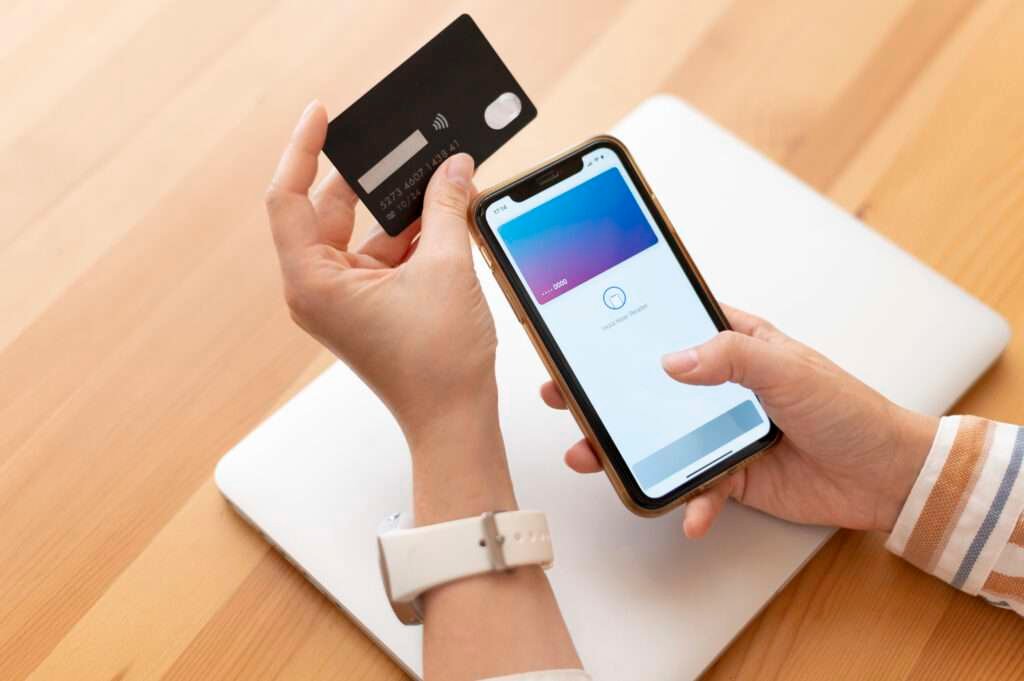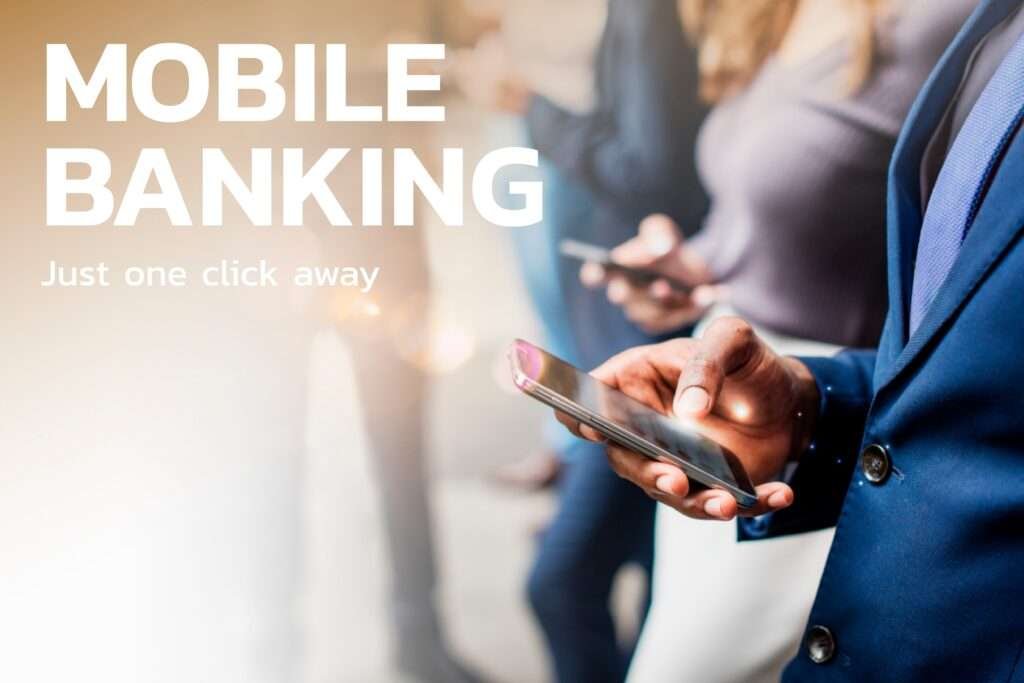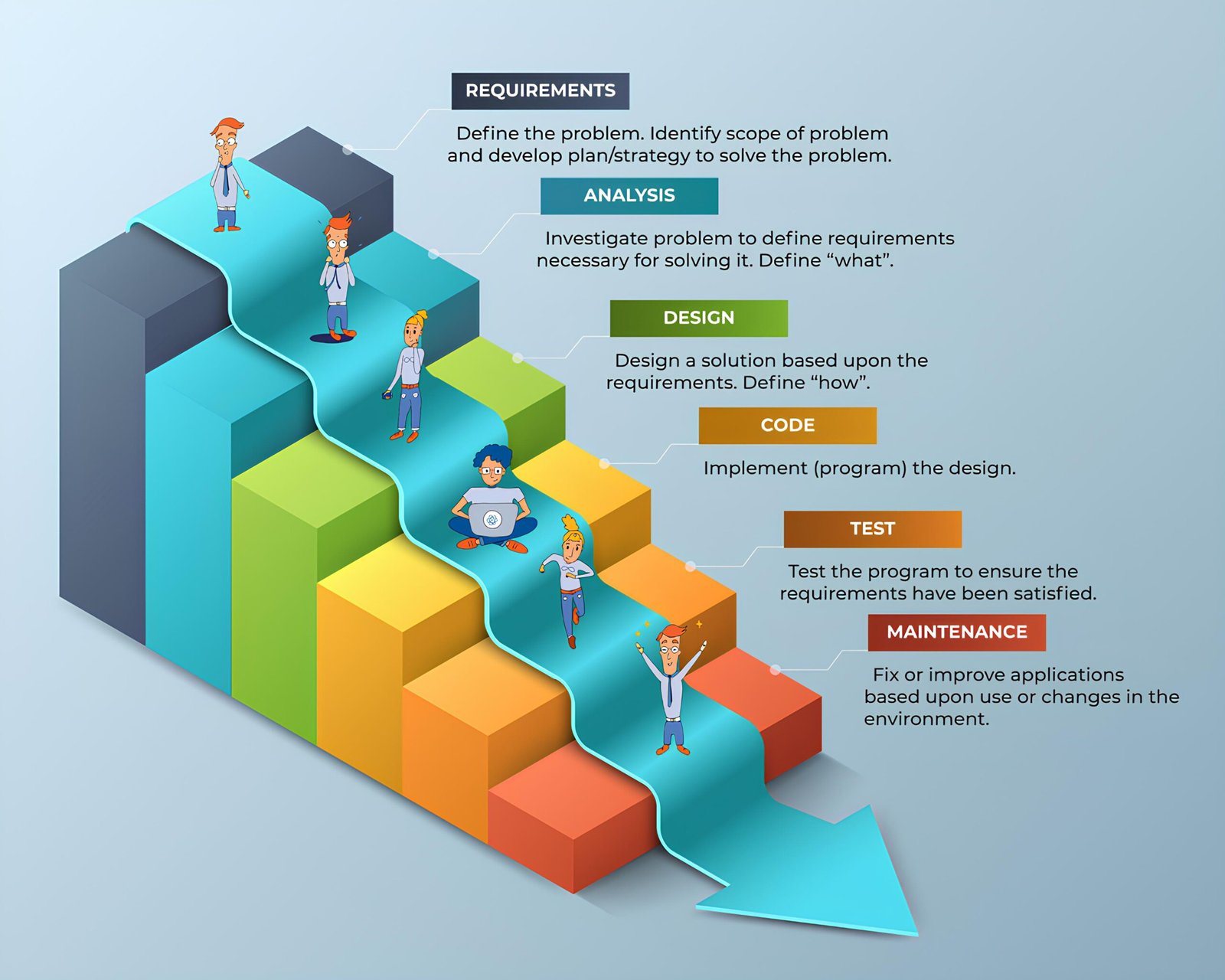What is Mobile Banking?
In today’s fast-paced digital world, mobile banking has emerged as a game-changer in the banking industry. Gone are the days when we had to visit a brick-and-mortar bank to carry out financial transactions. With the advent of mobile-banking, we now have the power to manage our finances right at our fingertips.
This revolutionary technology has transformed the way we bank, offering convenience, accessibility, and efficiency like never before. Mobile-banking apps now feature user-friendly interfaces that make navigating financial services seamless and intuitive, accommodating everyone from tech-savvy millennials to older generations who might be newer to digital banking solutions.
The rise of smartphones and widespread internet access has further fueled the adoption of mobile banking across the globe. Users can perform a variety of tasks such as checking account balances, transferring money, paying bills, and depositing checks simply through their mobile devices. Additionally, advancements in security technologies like biometrics, including fingerprint and facial recognition, have made mobile-banking safer, building consumer trust and encouraging broader usage.
Moreover, the ongoing integration of artificial intelligence and machine learning has brought about sophisticated features like personalized financial advice, predictive analytics for spending habits, and customized alerts for suspicious activities. These innovations not only enhance user engagement but also significantly improve the overall user experience.
As mobile banking continues to evolve, it stands at the forefront of fintech, promising even more innovative solutions and making financial services more accessible than ever before. This is a pivotal moment in financial technology, with mobile banking leading the way in reshaping our financial landscapes and lifestyles.
The Transformation of Banking: From Physical Branches to Mobile Banking
The journey of banking has come a long way since its inception. Traditionally, banking was limited to physical branches, where customers had to visit in person to perform various transactions. However, with the rise of the internet and smartphones, the banking landscape has witnessed a significant shift. Mobile-banking has emerged as a viable alternative to traditional banking methods, providing customers with the freedom to access their accounts anytime and anywhere.
The transition from brick-and-mortar to mobile banking has been driven by the increasing use of smartphones and the desire for instant access to financial services. Today, almost everyone owns a smartphone, making it easier than ever to carry out banking activities on the go. Mobile-banking apps have revolutionized the way we interact with our banks, offering a seamless and user-friendly experience.
Benefits of Mobile Banking
Mobile banking offers a plethora of benefits that have transformed the banking experience for customers. One of the key advantages is the convenience it provides. With mobile-banking, you no longer need to stand in long queues or rush to the bank before it closes. You can simply log in to your banking app and carry out transactions at your own convenience. Whether it’s checking your account balance, transferring funds, or paying bills, mobile banking makes it quick and hassle-free.
Another significant benefit of mobile-banking is the accessibility it offers. Regardless of where you are, as long as you have an internet connection, you can access your bank account and manage your finances. This is particularly useful for frequent travelers or individuals living in remote areas where physical bank branches may be limited. Mobile banking ensures that your financial services are always within reach.
Mobile Banking Statistics
The adoption of mobile banking has been on the rise globally, with a steady increase in the number of users. According to a recent study, the number of mobile-banking users worldwide is expected to reach 2.5 billion by 2022. This staggering growth can be attributed to the growing reliance on smartphones and the increasing demand for digital banking services.
Furthermore, mobile-banking has witnessed a surge in popularity among different age groups. While millennials and Gen Z have been early adopters of mobile banking, older generations are also embracing this technology. A survey revealed that 64% of baby boomers and 55% of seniors use mobile-banking regularly. This indicates a shift in consumer behavior and the widespread acceptance of mobile banking as a trusted and convenient way to manage finances.
Security Measures in Mobile Banking
As with any digital platform, security is a paramount concern when it comes to mobile-banking. Banks and financial institutions have implemented robust security measures to ensure the protection of customers’ sensitive information. Mobile banking apps employ encryption technology to safeguard data transmission, making it difficult for hackers to intercept and decode personal information.
Additionally, many banks have implemented multi-factor authentication, requiring users to provide additional verification such as fingerprints or facial recognition. This introduces an additional layer of security, making it more difficult for unauthorized persons to access your account. It is crucial for users to stay vigilant and adopt best practices such as using strong and unique passwords, regularly updating their banking apps, and avoiding suspicious links or emails.
How to Get Started with Mobile Banking

Initiating mobile-banking is an easy and direct procedure. First, you need to ensure that your bank offers mobile-banking services. Most banks have dedicated mobile apps that can be downloaded from the App Store or Google Play Store. Once you have downloaded the app, you will need to create an account using your existing bank account details.
After setting up your account, you can log in to the mobile-banking app using your credentials. Here, you will have access to a range of features and functionalities that allow you to manage your finances. From checking your account balance to transferring funds between accounts, mobile banking offers a comprehensive suite of services. It is important to familiarize yourself with the app’s interface and explore the various options available to make the most of your mobile-banking experience.
Mobile Banking Features and Functionalities
Mobile banking apps come equipped with a wide range of features and functionalities that enhance the banking experience. Some common features include:
1. Account Balance and Transaction History: You can easily check your account balance and view transaction history to keep track of your finances.
2. Fund Transfers: Mobile banking allows you to transfer funds between your own accounts or to other individuals or businesses.
3. Bill Payments: You can conveniently pay your bills directly through the app, saving time and eliminating the need for manual payments.
4. Mobile Deposits: Many mobile banking apps allow you to deposit checks by simply taking a photo of the check using your phone’s camera.
5. ATM and Branch Locator: Mobile banking apps often provide a feature to locate nearby ATMs and bank branches for added convenience.
These are just a few examples of the features available in mobile banking apps. The functionalities may vary depending on the bank and the region, but the overall goal is to provide customers with a seamless and efficient banking experience.
Upcoming Trends and Innovations in Mobile Banking
Mobile banking is continuously evolving to meet the changing needs and expectations of customers. Several trends and innovations are shaping the future of mobile banking, offering exciting possibilities for both banks and customers alike.
One such trend is the integration of artificial intelligence (AI) and chatbots into mobile banking apps. AI-powered chatbots can provide personalized assistance and answer customer queries in real-time. This not only boosts customer service but also elevates the overall user experience.
Another emerging trend is the incorporation of biometric authentication methods, such as facial recognition and voice recognition. These technologies offer a more secure and convenient way to authenticate transactions, eliminating the need for passwords or PINs.
Furthermore, the rise of open banking has opened doors for collaboration between banks and fintech companies. Open APIs (Application Programming Interfaces) enable third-party developers to create innovative banking solutions and provide customers with a more diverse range of services.
Challenges and Risks in Mobile Banking
While mobile banking offers numerous benefits, it also comes with its fair share of challenges and risks. One of the main concerns is the potential for cyber threats and data breaches. As mobile banking becomes increasingly popular, hackers are constantly devising new ways to exploit vulnerabilities and gain unauthorized access to customer accounts. It is crucial for banks and users to stay vigilant and implement robust security measures to mitigate these risks.
Another challenge is the digital divide, which refers to the gap between individuals who have access to digital technology and those who do not. In some regions, particularly in developing countries, the lack of internet connectivity and smartphones hinders the widespread adoption of mobile banking. Bridging this divide and ensuring inclusivity is crucial for the future of mobile banking.
Conclusion: Embracing the Power of Mobile Banking
Mobile banking has revolutionized the banking industry, offering customers unprecedented convenience, accessibility, and efficiency. The transition from brick-and-mortar to mobile banking has transformed the way we manage our finances, providing us with the power to bank anytime and anywhere.
With the increasing adoption of smartphones and advancements in technology, the future of mobile banking looks promising. However, it is important to address the challenges and risks associated with this technology to ensure a secure and inclusive banking experience for all.
As we move forward, it is crucial for banks and customers to embrace the power of mobile banking and leverage its potential to enhance financial services. By staying informed, adopting best practices, and embracing the latest trends and innovations, we can make the most of this transformative technology.
Embrace the future of banking in your hands and unlock the power of mobile banking today!
Subscribe to our newsletter to receive future updates on Technology, Artificial Intelligence (AI), and Tech Trends. Explore our categories to find more relevant stuff. Stay informed and motivated with our most recent insights!




